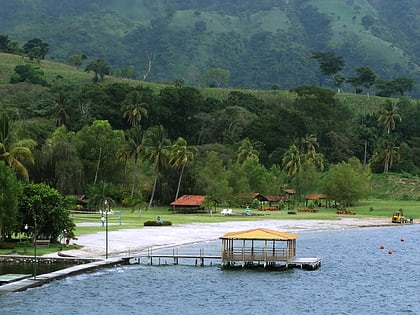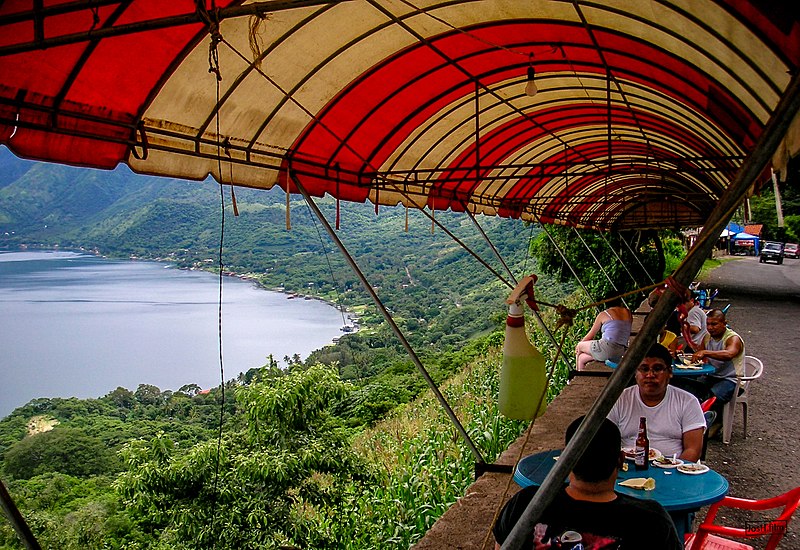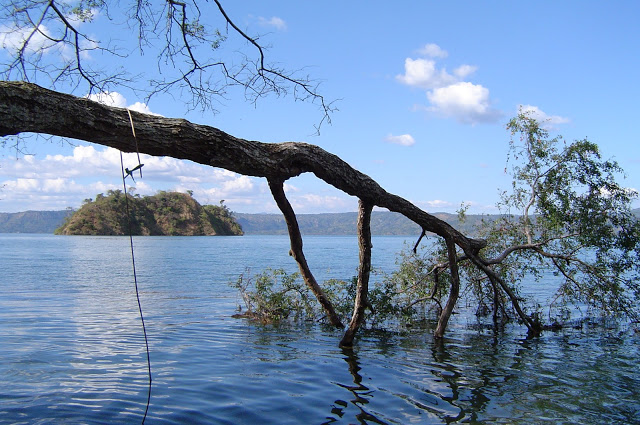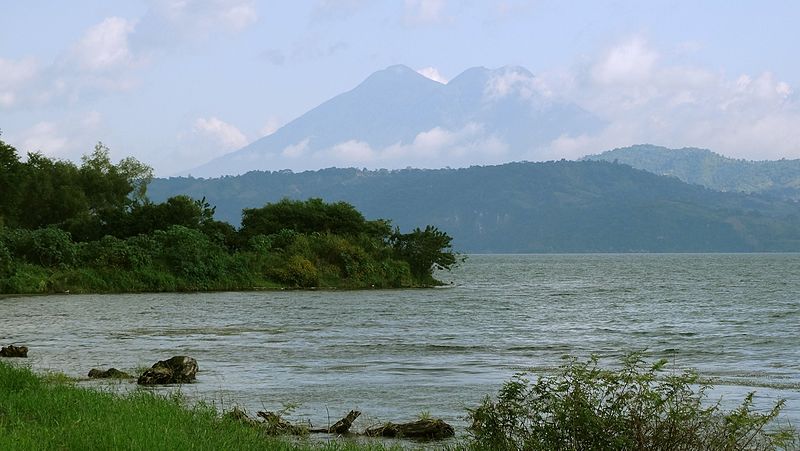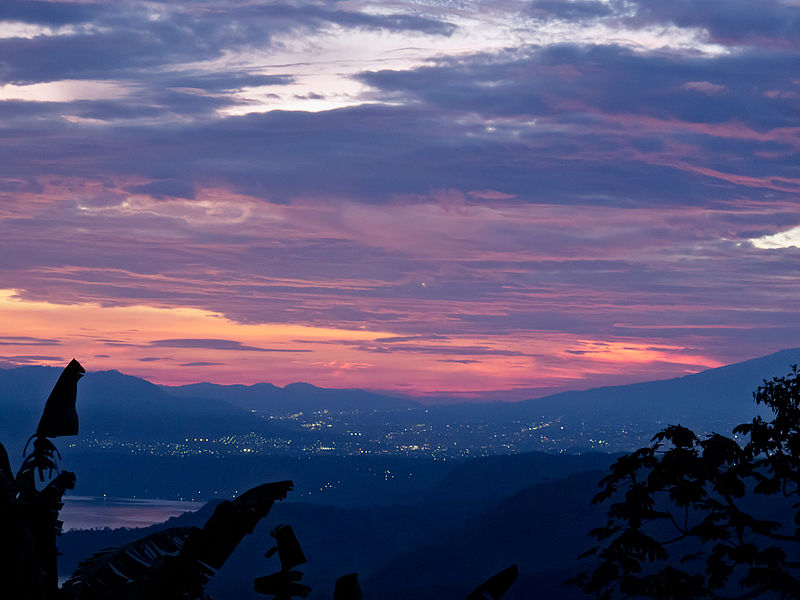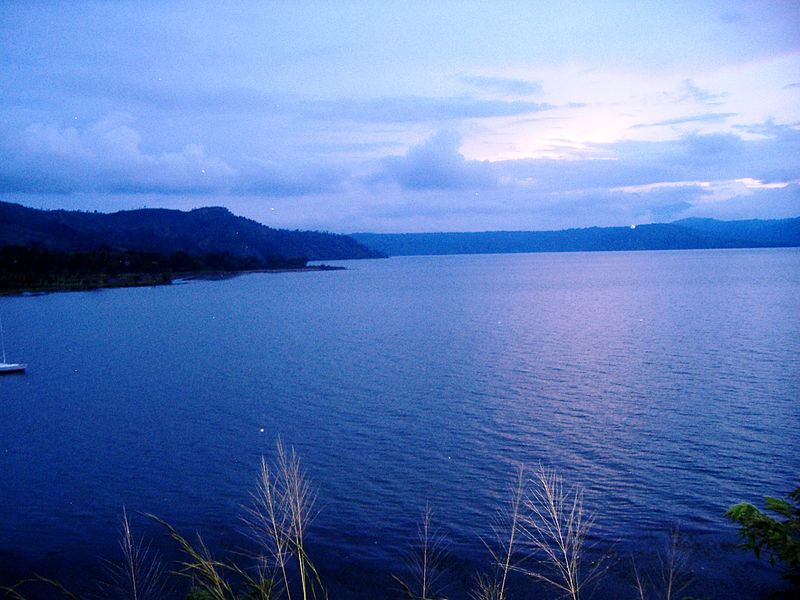Lake Ilopango
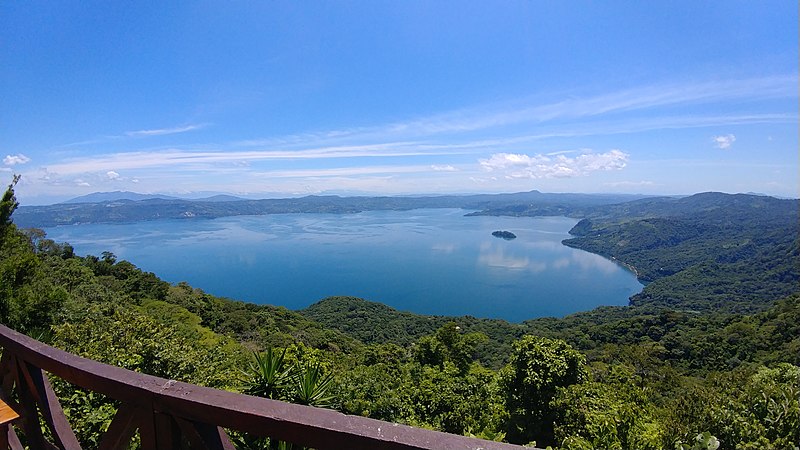
Facts and practical information
Lake Ilopango, nestled in the heart of El Salvador, is a natural wonder that draws both locals and tourists to its tranquil shores. This crater lake, with a surface area of about 70 square kilometers, is the largest lake in the country and holds a significant place in Salvadoran geography and history.
Formed approximately 1,500 years ago after a cataclysmic volcanic eruption, Lake Ilopango's origins are as dramatic as the scenery it offers today. The eruption was one of the largest in human history and had a profound impact on the local climate and civilizations. In the present day, the lake fills a scenic caldera, with volcanic slopes rising sharply around it, providing a stunning backdrop for water activities and relaxation.
Lake Ilopango is renowned for its crystal-clear waters and is a popular destination for boating, fishing, and diving. The lake's warm waters host a variety of fish species, making it a prime spot for anglers. Divers, meanwhile, can explore the underwater hot springs and the unique geological formations that tell the story of the lake's volcanic past.
The surrounding area is dotted with restaurants and small resorts, catering to visitors who wish to spend time by the water. The lake also holds cultural significance, with historical sites nearby that offer a glimpse into the lives of the indigenous people who once inhabited the region.
Despite its beauty, Lake Ilopango is not just a place of leisure. It is also an important freshwater resource for El Salvador, contributing to the irrigation of crops and providing for the water needs of nearby communities.
Lake Ilopango – popular in the area (distance from the attraction)
Nearby attractions include: Ilopango.
